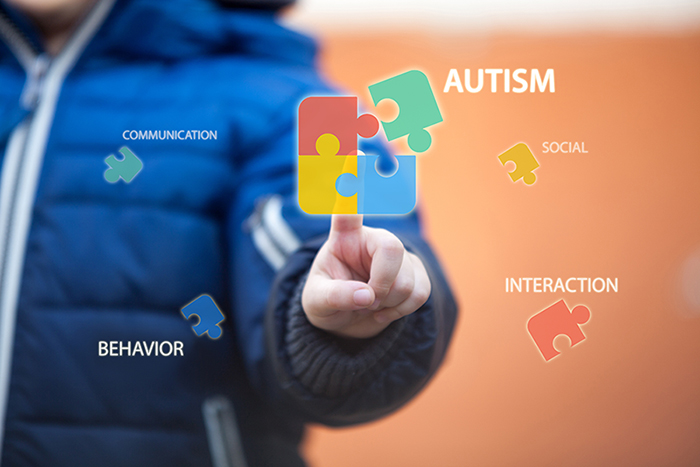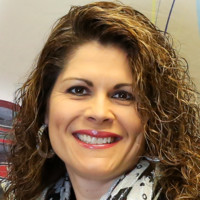On April 2, 2018, in conjunction with the eleventh annual World Autism Awareness Day the Indian Health Service is pleased to host the Autism Awareness Interagency Roundtable,a joint-agency event with partners across the agency and department. This is an exciting opportunity to raise awareness and showcase how each of our respective agencies are addressing autism spectrum disorders. Autism Speaks representatives will describe key themes related to the autism spectrum disorder family resources, public health issues, research, and health disparities in the United States and abroad. Federal representatives will share agency resources, collaborations, and activities related to autism.
Autism Awareness Interagency Roundtable
Monday, April 2, 2018
9:00 a.m. - 11:00 a.m.
5600 Fishers Lane, Rockville, MD
5th Floor Pavilion and online via Adobe Connect

What You Can Do: Light It Up Blue
To increase understanding and acceptance of people with autism, join the international community for Light It Up Blue , a global initiative that launches Autism Awareness Month and helps raise awareness. Hundreds of thousands of landmarks, buildings, homes and communities around the world will be lit blue in recognition of people living with autism. Wear something blue on April 2nd in support of understanding and acceptance for people with autism.
About Autism
On March 27, 2014, the Centers for Disease Control and Prevention (CDC) released new data on the prevalence of autism in the United States . This surveillance study identified 1 in 68 children (1 in 42 boys and 1 in 189 girls) as having ASD.
Because Autism is a spectrum disorder, it can range from very mild to very severe and occur in all ethnic, socioeconomic and age groups. There is no cure for autism but early diagnosis and intervention can lead to significantly improved outcomes.
There are five behaviors that may signal that further evaluation is needed (a child not meeting any of these developmental goals does NOT mean your child has autism, but just indicates further testing may be needed):
- Child does not babble or coo by 12 months
- Child does not gesture (point, wave, grasp) by 12 months
- Child does not say single words by 16 months
- Child does not say two-word phrases on his or her own by 24 months
- Child has any loss of language or social skills at any age
Other signs parents can look for in children are:
- Lack of or delay in spoken language
- Repetitive use of language and/or mannerisms
- Little or no eye contact
- Lack of interest in peer relationships
- Lack of spontaneous play or make-believe play
- Constant fixation on parts of objects
Any concerns should be shared with your child’s doctor so appropriate evaluations can be done. Autism Speaks has more information on the signs of autism .
Related content:



